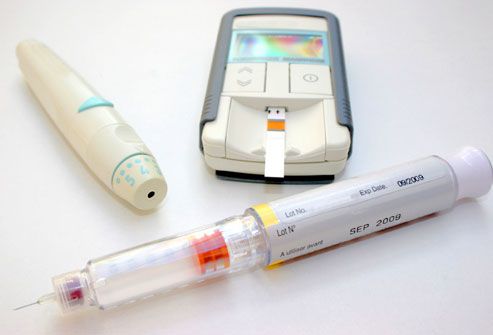A condition known as prediabetes that often leads to type 2 diabetes also produces no symptoms. Type 2 diabetes and its symptoms develop slowly.Type 1 diabetes can go unnoticed but is less likely to do so. Some of its symptoms listed below can come on abruptly and be accompanied by nausea, vomiting or stomach pains. It is important to see a doctor if there is any suspicion of diabetes or if any of the below signs and symptoms are present – prompt diagnosis and management lowers the likelihood of serious complications.The most common symptoms are related to hyperglycemia especially the classic symptoms of diabetes: frequent urination and thirst. Fatigue related to dehydration and eating problems can also be related to high blood sugars.
Check your diabetic. Ask your doctor if you should check it before exercise. If you plan to work out for more than an hour, check your blood sugar levels regularly during your workout, so you’ll know if you need a snack. Check your blood sugar after every workout, so that you can adjust if needed.
Regular activity is a key part of managing diabetes along with proper meal planning, taking medications as prescribed, and stress management. When you are active, your cells become more sensitive to insulin so it can work more efficiently. Your cells also remove glucose from the blood using a mechanism totally separate from insulin during exercise.So, exercising consistently can lower blood glucose and improve your A1C. When you lower your A1C, you may be able to take fewer diabetes pills or less insulin.
If you’re not used to being active, you can start with 10 minutes of walking each day and build as your fitness improves. A pedometer is an inexpensive tool that counts your steps when you clip it to your belt or waistband. The amount of calories you burn will depend on how long you exercise and the intensity of the activity.
The affect physical activity has on your blood glucose will vary depending on how long you are active and many other factors. Physical activity can lower your blood glucose up to 24 hours or more after your work out by making your body more sensitive to insulin.
You should become familiar with how your blood glucose responds to exercise. Checking your blood glucose level frequently before and after exercise can help you see the benefits of activity. You also can use the results of your blood glucose checks to see how your body to reacts to different activities. Understanding these patterns can help you prevent your blood glucose from going too high or too low.
- lowers blood pressure and cholesterol
- lowers your risk for heart disease
- burns calories to help you lose or maintain weight
- increases your energy for daily activities
- helps you sleep better
- relieves stress
- strengthens your heart and improves your blood circulation
- strengthens your muscles and bones
- keeps your joints flexible
- improves your balance to prevent falls
- reduces symptoms of depression and improves quality of life
Make it a habit. Exercise, eat, and take your medicines at the same time each day to prevent low blood sugar.


